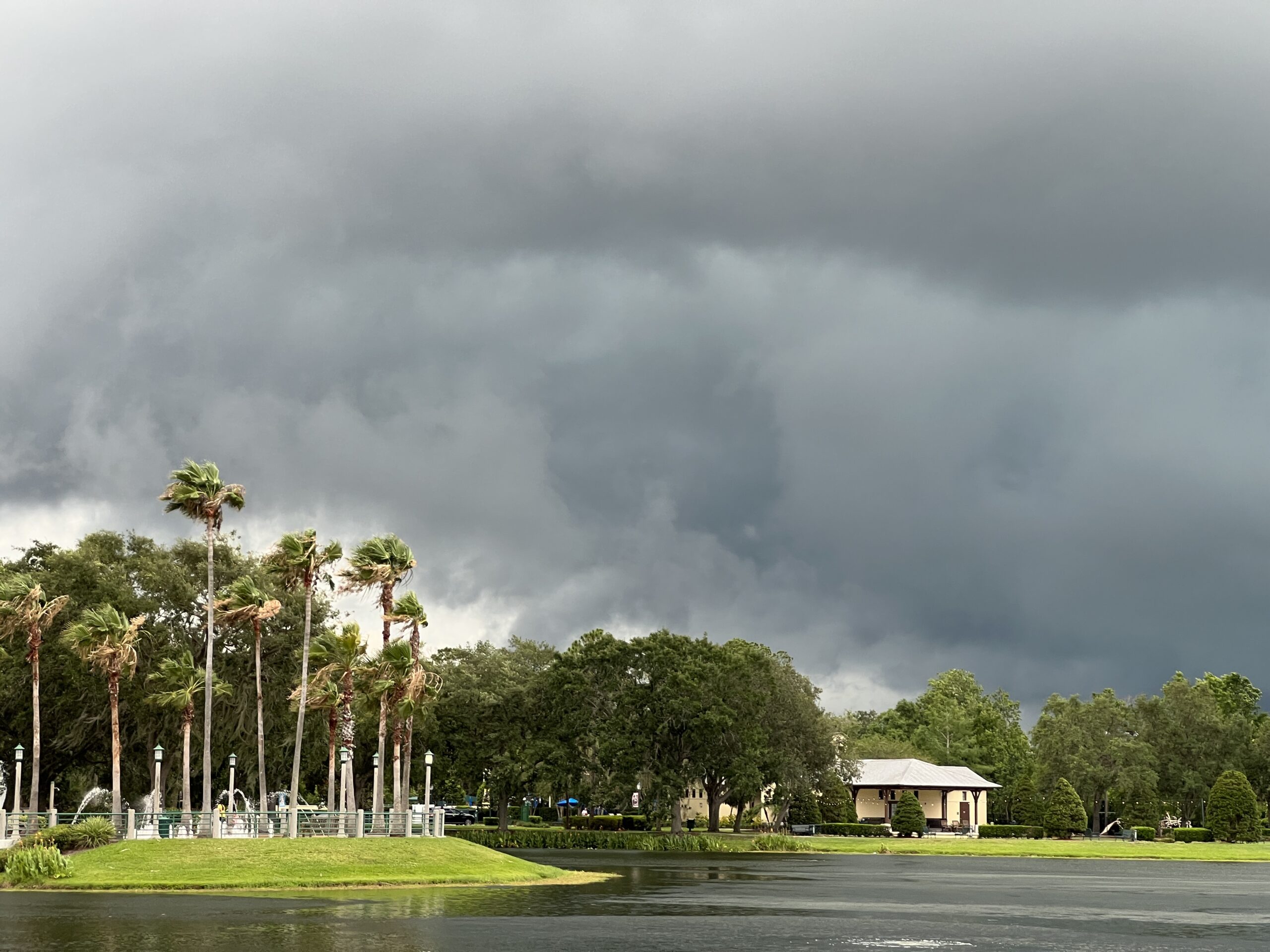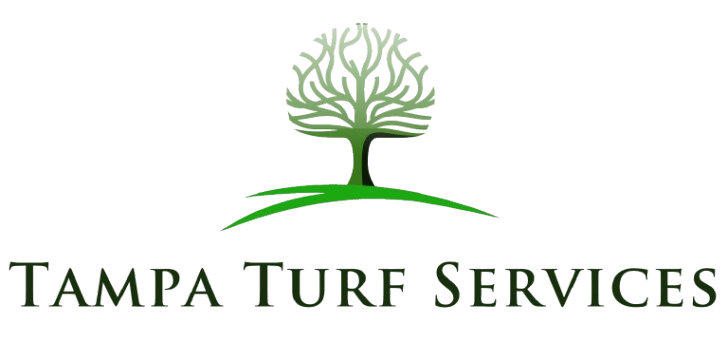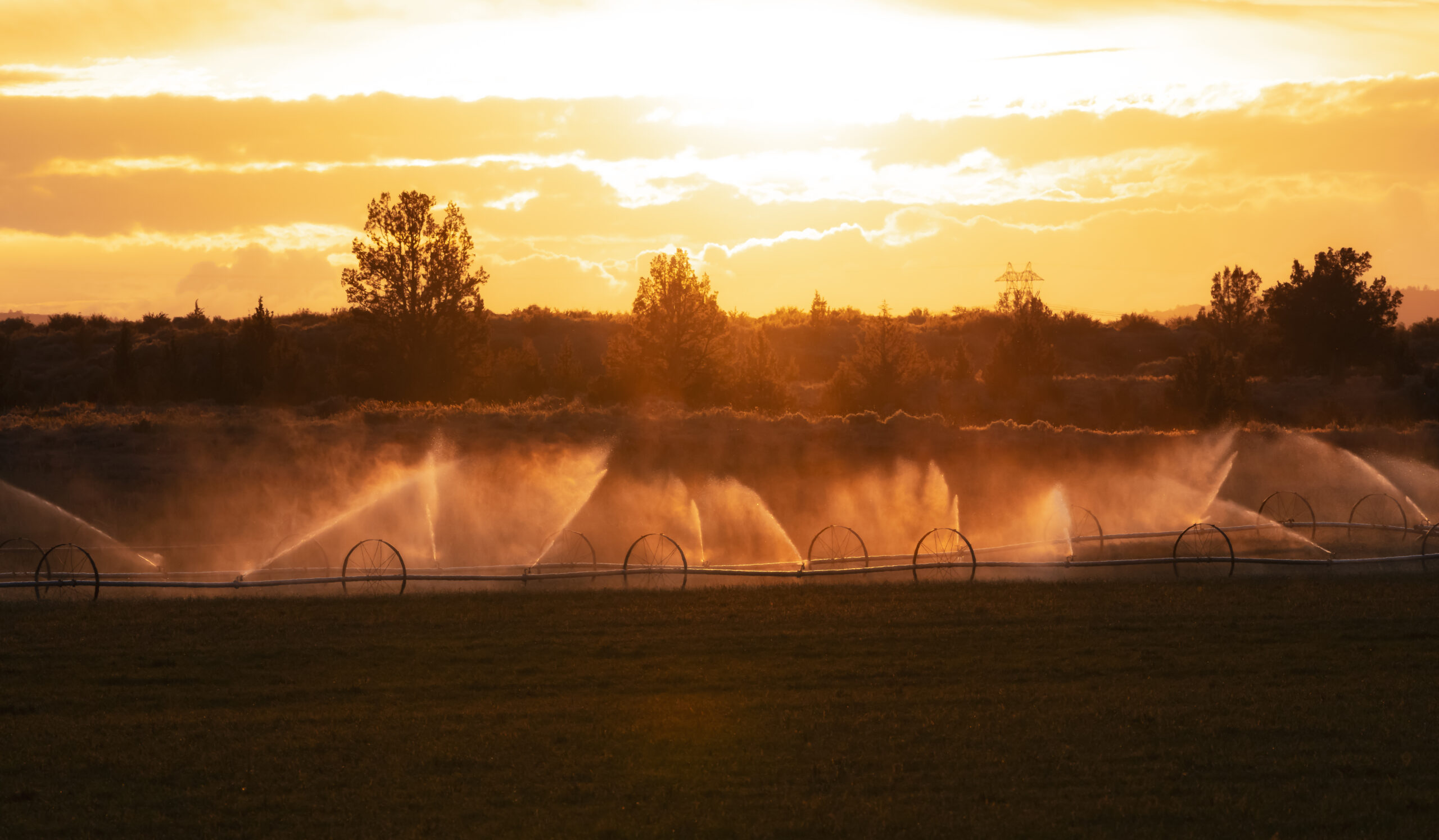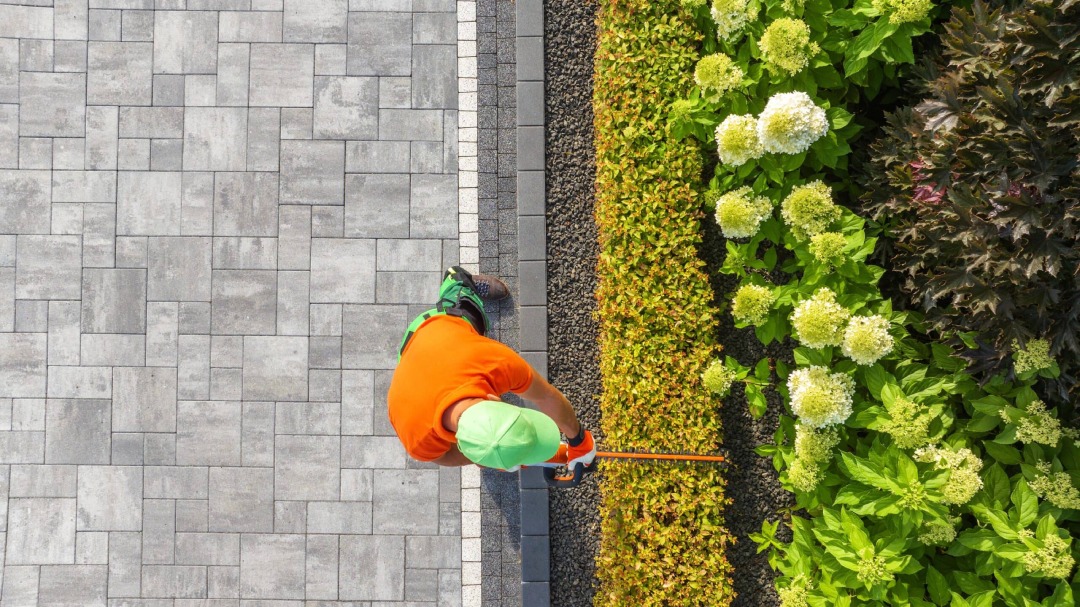Florida doesn’t ease you into hurricane season. By July, the air is already thick with humidity, the skies darken quickly, and those midday storms are no longer harmless afternoon showers. In Tampa, we all know the drill: fuel up, stock the pantry, charge the batteries. But what about the one part of your property that often gets overlooked?
Your landscape isn’t just for curb appeal. It’s the front line of defense between your home and a powerful storm. The way your yard is prepared can mean the difference between a few scattered branches and serious property damage. Whether you’ve lived in Tampa your whole life or you’re navigating your first season here, it’s never too early or too late to get your landscape ready. At Tampa Turf Services, we help homeowners and businesses throughout the area protect their landscapes from hurricane-related damage.
Trim Like You Mean It: Tree and Shrub Pruning Is Critical
Large trees and unruly branches can turn into dangerous projectiles in heavy winds. Even a healthy oak or palm can cause catastrophic damage if it’s not properly pruned ahead of time. Regular pruning should focus on removing dead or weak branches, thinning out dense canopies, and cutting back limbs that hang too close to your roof or power lines. It’s also smart to trim back shrubs and hedges that could block drainage areas or become tangled in fencing during a storm. Professional trimming offers the safest, most effective results. At Tampa Turf Services, we assess tree structure, weight distribution, and species-specific risks to create a storm-ready cut that reduces hazards without harming the plant’s long-term health.
Rethink Your Mulch Strategy Before It Becomes a Missile
Organic mulch is great for soil health and water retention, but come hurricane season, it can work against you. Lightweight mulch like bark chips or pine straw can be lifted and thrown by strong winds, damaging windows, siding, and vehicles. To reduce this risk, swap to heavier alternatives like shredded hardwood or gravel in vulnerable areas. Another option is to remove excess mulch from open beds and secure it in bags or bins until after the storm passes. We always suggest using just enough mulch to support plant health without layering too thickly. That way, even in heavy rains, you won’t clog drains or contribute to neighborhood flooding.
Storm-Proof Your Irrigation System
An irrigation system might not be top of mind when you think about hurricane prep, but it should be. These systems often include exposed sprinkler heads, underground lines, and smart controllers that are highly sensitive to flooding and power surges. Make sure all irrigation timers are turned off before the storm hits to prevent unnecessary watering. Mark exposed heads and valves so you can check for damage after the storm. If your system has a rain sensor or moisture gauge, double check that it’s secure and functioning correctly. If you need help shutting down or inspecting your irrigation setup, our team at Tampa Turf Services offers full hurricane checks for residential and commercial properties across Tampa.
Secure Outdoor Decor and Equipment Early
That charming garden gnome? That sleek patio umbrella? They don’t stand a chance in 75 mph winds. Loose landscape features can easily become airborne, causing injury or damage to your home or a neighbor’s property. Walk your yard with a critical eye. Plan to bring in:
- Patio furniture
- Potted plants
- Wind chimes and hanging baskets
- Garden statues
- Solar lights
- Grills and lawn equipment
For items that are too heavy or large to move indoors, such as benches or large ceramic pots, use sandbags, bungee cords, or landscape anchors to secure them to the ground or a stable structure.
Evaluate Your Drainage Now, Not During the Next Downpour
In Tampa, even a minor storm can overwhelm an unprepared yard with several inches of rain in an hour. Poor drainage isn’t just an inconvenience. It can destroy turf, drown plants, and cause flooding that leads straight to your doorstep. The first sign of trouble is standing water that lingers after a typical rainstorm. If you see that, you may have compacted soil, blocked gutters, or improperly sloped ground. French drains, swales, and catch basins can be installed or improved ahead of time to prevent pooling during a hurricane. Our team can assess your lawn’s drainage capacity and install the right solution based on your soil type, elevation, and layout. Proper drainage makes a major difference in how your yard bounces back after severe weather.
Choose the Right Plants for Tampa’s Stormy Seasons
Landscaping isn’t just about what looks good. It’s about what lasts. Certain plants are better suited to survive wind and rain. Native Florida species tend to have deeper roots, greater flexibility, and more resistance to diseases that often follow prolonged flooding. Some of our favorite hurricane-tough plants include:
- Saw Palmetto
- Firebush
- Coontie
- Dwarf Yaupon Holly
- Muhly Grass
Avoid top-heavy plants, fast-growing trees, and species with shallow root systems. And never plant too close to the house or utility areas where they could cause long-term damage. Tampa Turf Services can guide you through plant selection and placement to build a low-maintenance, hurricane-resilient landscape that thrives year-round.
Don’t Forget the Lawn: Grass Health Plays a Bigger Role Than You Think
When we talk about preparing a yard for hurricanes, most people jump straight to trees and furniture. But your lawn plays an important part in preventing erosion and absorbing rainwater during a storm. Keep your grass trimmed slightly shorter in the weeks leading up to peak hurricane season. This reduces debris and allows the turf to better withstand heavy rainfall and high winds. Avoid applying fertilizer or weed treatments right before a storm, as chemicals can be washed into waterways and cause environmental harm. We also recommend aeration during the summer months, which helps your lawn breathe and allows for better water absorption. If you haven’t scheduled lawn maintenance recently, now’s the time to make sure your grass is healthy and storm-ready.
Keep a Post-Storm Game Plan in Mind
Preparation doesn’t stop when the storm ends. After the skies clear, take time to inspect your yard thoroughly. Look for broken branches, exposed roots, standing water, and debris that could cause long-term damage. Avoid walking on soggy grass, which can compact the soil and harm turf recovery. If irrigation or lighting systems were impacted, don’t attempt DIY fixes until the area is dry and safe. At Tampa Turf Services, we offer emergency clean-up and post-hurricane landscape recovery services. Whether you need tree trimming, sod replacement, or full yard restoration, we’re here to help your property recover quickly and safely.
Why July Is the Right Time to Act
Hurricane season may technically start in June, but July is when Tampa starts to feel it. This is the point in the summer when the storms get stronger, the forecasts get more serious, and the risks to your landscape increase every week. Waiting until a named storm is on its way doesn’t give you enough time to protect your property properly. Many of the most effective landscape preparations like trimming, drainage improvements, and planting require planning, materials, and expertise. By taking action now, you’ll protect your investment, reduce the risk of damage, and make it easier to recover after the storm passes. You’ll also avoid the last-minute rush when storm prep appointments are harder to come by.
Get Hurricane-Ready with Tampa Turf Services Today
We’ve lived through plenty of Tampa hurricane seasons, and we’ve helped homeowners and businesses across the region weather the worst of them. If your yard isn’t ready yet, now’s the time to act. Book your hurricane prep service with Tampa Turf Services today. We’ll inspect your landscape, recommend the right steps for your property, and get everything in place before the winds start picking up. Visit tampaturfservices.com or give us a call to schedule your consultation and keep your landscape strong, safe, and storm-ready.




